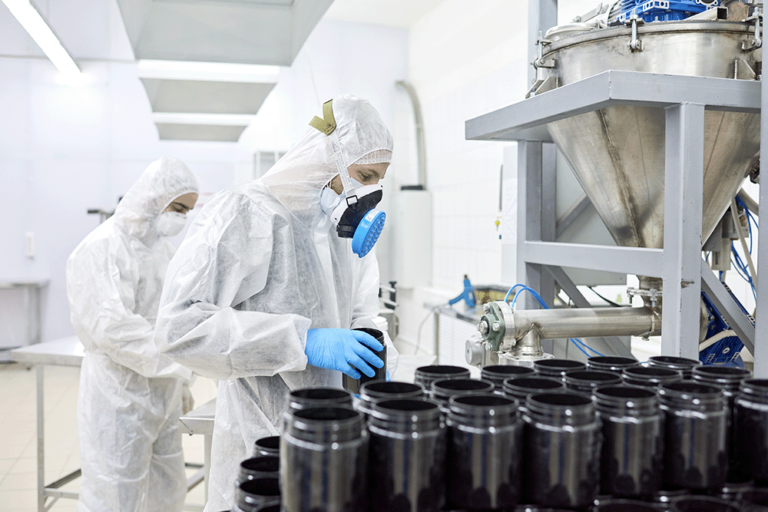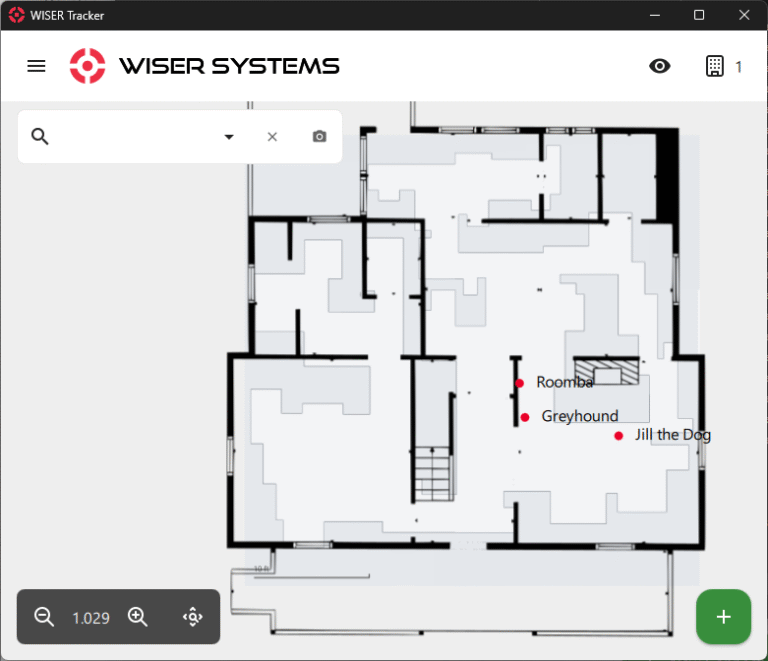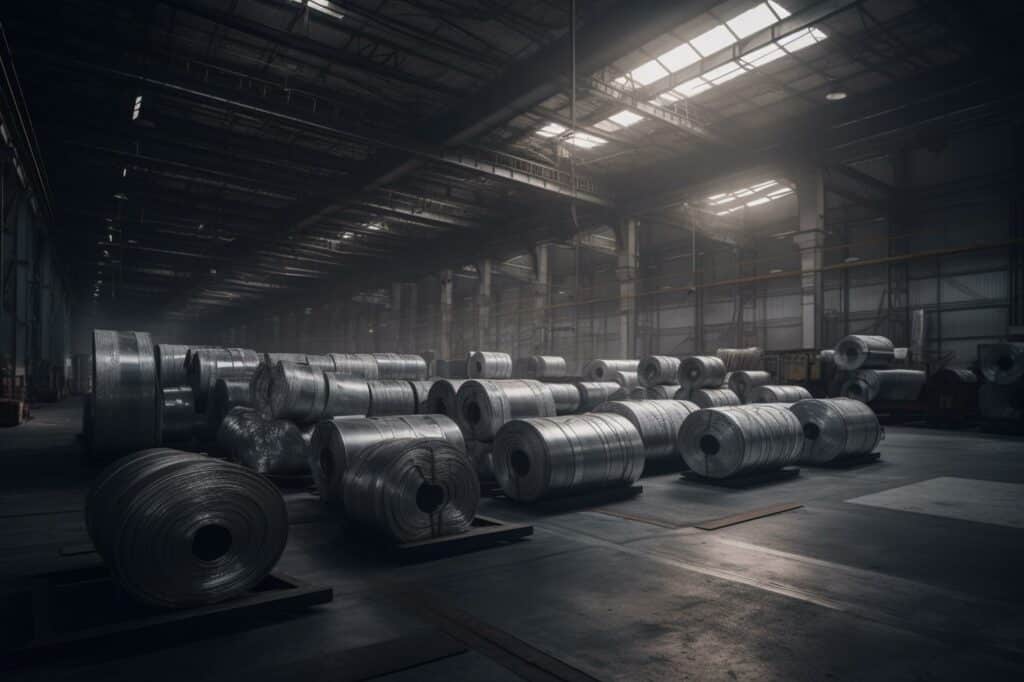
Ultra-wideband real-time location systems (UWB RTLS) can transform how we make sense of the world around us.
Think about how often you pause your day to search for something. You could be looking for your keys, phone, shoes, snacks, backpack, critical paperwork in your office, a vehicle in a parking garage, or perhaps for a street sign or a landmark to guide yourself. Most of us have daily occasions to want a better understanding of who and what are around us, not to mention where and when—which are the key deliverables of RTLS.
In the following article, we’ll look at 25 instructive examples of how real-time location data solves real-world problems.
Industrial, Enterprise, and Business Cases for UWB RTLS
1. Logistics and supply chain visibility
This is a well-known use for location data, but one that has taken on new value in the past year. Not only are the goods being moved valuable, knowing where they are and when they’re likely to arrive is key to performance tracking and customer satisfaction. Tracking and time-stamping item locations through the process can prevent waste, mitigate human error, and provide countless insights for improving each leg of the journey.
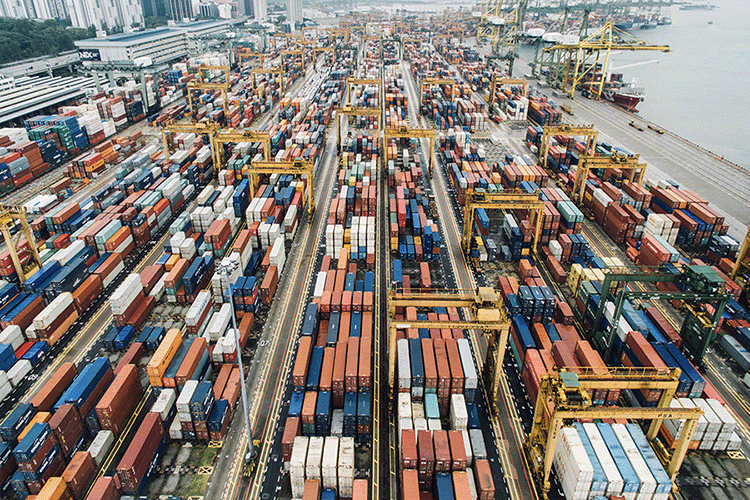
2. Fleet Management
One of the easiest ways to make supply chains more visible is to monitor the vehicles moving the goods. This can be done with checkpoints, manual scans, and paper updates, but it can also be done via GPS, telematics, or similar RTLS options. Vehicle visibility supports more than just supply chain data, too. Real-time location data can also help automate vehicle usage reports, maintenance schedules, compliance paperwork, or even safety updates for individual drivers.
3. Yard Management
Monitoring vehicles shouldn’t end when they reach the right city or warehouse. There’s value to knowing the locations of individual vehicles, right down to the parking spot. Localized yard management with RTLS helps streamline vehicle dispatch, speed up retrieval on large lots, and maximize limited space for large fleets. But, yard management goes beyond fleet management, it also includes construction lay-down yards or any inventory stored outside, for further information on yard management, read our Complete Guide to Revolutionizing Yard Management: Track Everything in your Yard.
4. Forklift Tracking and Beyond: Maximizing Efficiency
Believe it or not, large assets like forklifts get misplaced too. Keeping and maintaining a fleet of forklifts or similar vehicles is expensive, so tracking their locations a) helps pinpoint the vehicle’s location when it’s needed, and b) generates precise usage data, showing whether more or fewer forklifts makes sense in the first place. Forklift tracking can also help increase route optimization, compliance, picking efficiency, and other performance metrics.
However, companies frequently approach us to implement RTLS systems for tracking their forklifts, and at times, that suffices. However, we often identify a greater potential to monitor all critical company assets—not just forklifts. Once a WISER ATLAS UWB RTLS forklift tracking system is in place, the infrastructure is established, prompting us to question: why not track forklifts, what they are moving, and anything else that’s job-critical?

5. Vehicle Locations at Airports
As with forklifts, there’s value in knowing the locations of service vehicles at airports. This can include luggage carriers, lift trucks, chassis, and other service vehicles along flight lines or inside the airport itself. Also, knowing vehicle locations can reveal luggage locations—another use case considered later on.
6. Materials Management
In manufacturing or construction, knowing where your raw materials are in the moment can be a big problem. One manufacturer told WISER they faced the issue of near-identical (but still unique) raw materials being scattered throughout their entire plant. Tracking these materials can help optimize a physical space, eliminate wasted effort searching, positively distinguish between look-alike materials, reduce waste and spoilage, and massively speed up assembly and manufacturing processes when materials are actually needed.
7. Work-in-Progress (WIP) Tracking
Location data can generate key insights into the progress of products being manufactured—whether these are machines, pharmaceuticals, electrical components, consumer goods, or nearly any other type of product. In-the-moment data can safeguard time-sensitive materials, identify choke points and bottlenecks, and make manufacturing more flexible at every stage.
How to Improve Work-in-Progress Tracking with RTLS
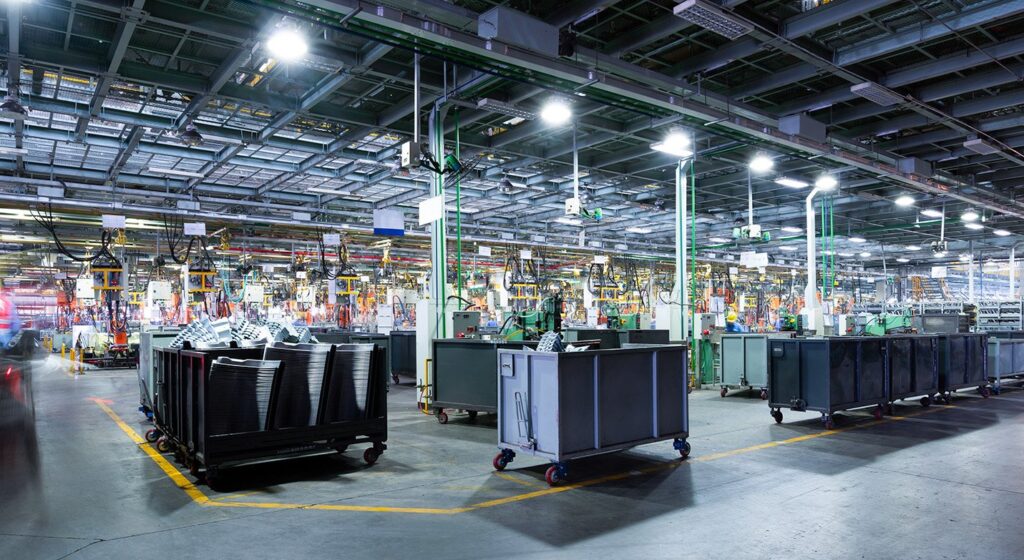
8. Tool Tracking
Tools are some of the most frequently displaced items in factories, maintenance facilities, and other workspaces. Also, many professional tools can be extremely specific in nature and costly to replace, such as calibrated tools and gauges, and government owned tool assets. As such, valuable work tools sometimes get misplaced, lost, or even pocketed and taken off-site. While tracking tool locations isn’t always feasible in real time, there’s a lot to be gained if you find a way to do it well. Knowing tool locations helps increase accountability, cut unneeded paperwork from the process, and maximize work hours for the people trained to use those tools in the first place.
9. Work Order Tracking
Physically moving work orders from Point A to Point B is a common way to mark operational progress. Thus, knowing the actual locations of these work orders is key to understanding the process. Many work order tracking scenarios will have barcodes to scan, boxes to check, or something similar to illustrate how the process is playing out. However, RTLS removes the need for manual steps like these, giving always-current updates of a tagged item’s movement and location. Since tracking an individual piece of paper isn’t easy, this often works best by monitoring the status of a container of work orders.
10. Personnel Safety
RTLS isn’t the silver bullet for worker safety, but it does lend itself to several key applications. Precise location data for on-site workers can warn if someone enters a hazardous space—such as near or even under a moving crane. That same data can expedite head count and muster protocols during emergencies, mark virtual perimeters for temporary projects, show if someone stays too long at a task that could become dangerous over time—due to fatigue, for instance—and show exactly how to find a hurt or isolated worker if needed.
11. IT Asset Tracking
A robust RTLS setup can make IT teams’ work much easier by identifying any instance of a tagged asset leaving the allowed space. For instance, location data can show if an on-site computer gets moved outside approved zones for use. Not only will this help prevent asset theft and permanent loss, but it can reduce exposure of sensitive assets to environments where they’re prone to take damage-—like maintenance floors, dining areas, etc.
Use Cases in Healthcare
12. Tracking Wheelchair Locations
It’s easy to find examples of wheelchairs getting hoarded in hospitals. While medical professionals likely aren’t stashing wheelchairs maliciously, managing the supply of moving assets is extremely challenging for most hospitals. UWB RTLS is a simple way to keep an always-accurate inventory, so a) no one is left waiting when a wheelchair is needed, and b) hospital administrators can confidently tally how many wheelchairs they have and how many are truly needed.
13. Locating and Tracking IV Pumps
Another common scenario in hospitals is misplacement of IV pumps. This is often even more critical, case-by-case, than tracking wheelchairs. Furthermore, IV pumps are a pricey item to have missing, often costing more than $3000 per unit. Little wonder that tracking their locations with RTLS saves time, improves patient care, and helps manage hospital resources more consistently.
14. Tracking Vaccines
Keeping an inventory of vaccine doses is a very current concern and an excellent use of technologies like UWB RTLS. While distribution channels for perishable medical assets like vaccines or other controlled pharmaceuticals make tracking a significant challenge, the benefits to be gained are enormous.
15. Organ Transplants
It should come as no surprise that donated organs, like vaccines above, are perishable. They’re also priceless. When you combine the need for immediacy and the value of each organ, the case for careful tracking is an easy one to make.
16. Improving Processes by Visualizing Surgeon Locations
There’s a lot to be gained by maximizing the time of trained experts, like surgeons. One hospital reported close to $2M in savings in a year, thanks to RTLS, just by studying 8-10 surgeons’ locations during work. The data RTLS delivered allowed the hospital to speed up administrative processes and reduce the number of surgeons simultaneously required in the hospital.
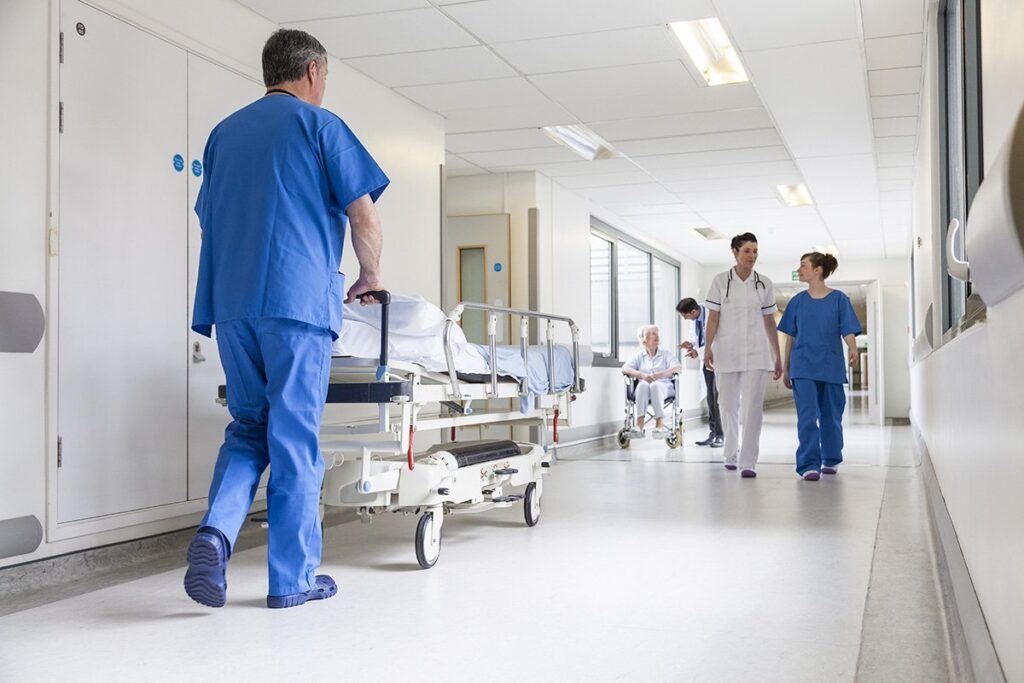
17. Improving Operating Room Usage
As in other industries, unused healthcare facilities are a big financial drain. This is especially important for operating rooms, where most hospitals earn the majority of their income. One hospital addressed this issue via RTLS. The resultant system simplified manual data entry, reduced wait times, sped up cleaning processes, and ultimately saved over $1M in a year.
18. Contact Tracing
Even prior to COVID-19, the U.S. Center for Disease Control estimated that 1 in 25 people admitted to a hospital would contract hospital-acquired infections (HAIs). So, while contact tracing might be a common concept no thanks to COVID-19, hospitals have carefully explored this idea long before 2020. For instance, one research hospital in California turned to WISER’s RTLS to study and reduce the spread of C. diff bacterium, a common but potentially life-threatening HAI.
Consumer Experience
19. Indoor Navigation and Wayfinding
Even with GPS, it’s easy to get lost. Furthermore, GPS doesn’t work reliably indoors, let alone underground or in dense cityscapes that occlude GPS signals. Hence the rise of indoor navigation and wayfinding for shopping malls, hospitals, corporate campuses, and other complex settings. Non-RTLS solutions, like camera systems, can support indoor localization as well, but RTLS is a clear winner in terms of providing navigation information while protecting individuals’ privacy.
20. Attendee Tracking at Parks and Events
During times when large events and venue-gatherings are feasible, location data can support many processes in addition to wayfinding. For example, RTLS could give parents the ability to securely find a lost child, or to receive a notification as soon as a child moves a certain distance away from them. RTLS can also eliminate sign-in lines and manual headcounts, showing an aggregate picture of event congestion so attendees can make informed decisions about where to spend their time.
21. Interactive Location-Based Experiences
A growing number of museums and historical sights are now using RTLS to enhance visitor experiences. One of the most straightforward examples is the activation of informational audio as a patron nears a specific display. Motion sensors have enabled something similar for decades, but true RTLS—paired with individual audio, AR, or even VR equipment—delivers a more unique visitor experience and lets patrons choose how to explore a space without interrupting another patron’s media experience.
22. Luggage Location (airports and transit stations)
The practice of barcoding luggage is standard now, but many airports and major transit stations still struggle to move each item to the intended destination. The logistical complexity of transit makes this industry an especially good space for implementing RTLS. Generating an always-active picture of luggage locations is ultimately beneficial for the traveler’s state of mind and good for the airport or transit station, since it helps preempt any major issues and save effort.
23. Pet Tracking
Pet-owners have used GPS-enabled collars for quite some time, so they can tell if a pet wanders out into the neighborhood. Higher-precision RTLS now enables them to check on their pets much more granularly. For instance, one WISER employee can monitor whether his cats leave the house, which rooms they spend their time in, and whether they go near their food bowls or not during a given period.
Other Uses of UWB RTLS
24. Animal Conservation, Research, and Agriculture
The National Oceanic and Atmospheric Association (NOAA) has been tracking wildlife like salmon for more than 30 years. While they don’t use true RTLS to do so, conservationists have also used GPS to help protect snow leopards and other solitary or endangered species. RTLS systems are also used indoors and in covered areas to help ensure the health and safety of farm animals, research animals in lab settings, and zoo animals moving between indoor and outdoor environments.
25. Sports Analytics
Hockey, handball, football, basketball, and horse-racing are just a few of the sports already embracing RTLS for performance analytics and in-game study. WISER has also utilized RTLS for tracking guides in large sports stadiums like Minute Maid Park.
Bonus: Finding the TV Remote
This problem might not be age-old, and it could disappear with voice-controlled displays. Whether or not finding the TV remote is all that important in the grand scheme of things, it’s a problem WISER does help solve for one employee right now.

